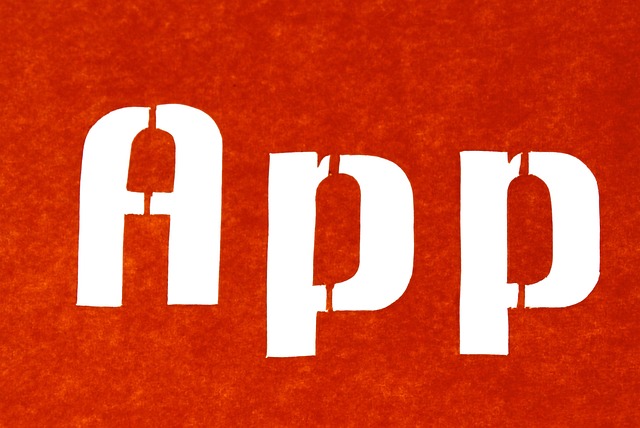PO financing offers SMEs a strategic way to boost cash flow by advancing funds against future sales orders. Navigating the application process involves demonstrating creditworthiness, financial health, and strong supplier relationships. Businesses must prepare essential documents like financial statements, tax returns, detailed POs, and vendor contracts. Accurate form completion, clear information, and viable figures enhance application viability. Collateral assessment, including accounts receivable or inventory, is crucial for approval chances and terms. Negotiating rates and conditions strategically manages cash flow and costs, leading to mutually beneficial agreements.
“Unlocking the power of purchase order (PO) financing can be a game-changer for businesses seeking to streamline their cash flow. This comprehensive guide navigates the intricate PO financing application process, demystifying each step from understanding PO financing’s definition and benefits to meeting lender eligibility criteria.
We provide an essential checklist of required documents, offer tips for accurately completing applications, and explore collateral options. Additionally, we equip readers with strategies to negotiate terms and rates, ensuring they secure the best possible conditions for a successful PO financing application.”
- Understand Purchase Order (PO) Financing: Definition and Benefits
- Eligibility Criteria for PO Financing: What Lenders Look For
- Gathering Necessary Documents: A Comprehensive Checklist
- Completing the PO Financing Application Form Accurately
- Providing Collateral: Types and Requirements
- Negotiating Terms and Rates: Tips for Securing Favorable Conditions
Understand Purchase Order (PO) Financing: Definition and Benefits

Purchase Order (PO) financing is a powerful tool that enables businesses, especially small and medium-sized enterprises (SMEs), to gain access to funds before they receive payment from their customers. It’s not just about borrowing; it’s a way to streamline cash flow by providing upfront capital against pending sales orders. This type of financing can be particularly beneficial during peak seasons or when dealing with longer payment terms, ensuring businesses have the resources they need to meet their operational and production requirements.
The PO financing application process involves several steps where businesses detail their sales orders, expected delivery dates, and the amount required. Lenders then assess these applications based on factors like creditworthiness, order volume, and industry reputation. Understanding the mechanics of PO financing can help businesses navigate this process more effectively, ultimately securing funding to support growth and expansion.
Eligibility Criteria for PO Financing: What Lenders Look For

When applying for Purchase Order (PO) financing, understanding the eligibility criteria is crucial to a successful PO financing application process. Lenders carefully evaluate potential borrowers based on several key factors. Primarily, they assess the creditworthiness of the business, considering its financial health, historical performance, and cash flow management. A solid credit history and stable financial standing significantly increase the chances of securing PO financing.
Additionally, lenders consider the strength of the supplier relationship and the quality of the PO itself. They evaluate the reputation and stability of the supplier, ensuring a reliable source for goods or services. The PO should be clear, detailed, and free from any ambiguity to demonstrate a well-structured acquisition plan. Lenders also examine the end-use of the goods or services, assessing their potential impact on the borrower’s business operations and growth prospects.
Gathering Necessary Documents: A Comprehensive Checklist

When applying for purchase order (PO) financing, having all the necessary documents ready is crucial to a successful process. This ensures that your application is comprehensive and accurate from the outset, streamlining the approval process. Begin by collecting key business documents such as your company’s financial statements, tax returns, and banking information. These provide lenders with an overview of your financial health and stability.
Additionally, prepare detailed purchase orders for the items you intend to finance. This includes order confirmations, shipping schedules, and vendor details. Lenders need this information to assess the validity and terms of the PO, as well as the reliability of your vendors. Don’t forget to include any relevant contracts or agreements related to the transaction, which can offer further reassurance about the deal’s legitimacy.
Completing the PO Financing Application Form Accurately

Completing the PO financing application form accurately is a critical step in the PO financing application process. Ensure every section is filled out thoroughly, providing clear and concise information about your business, financial standing, and the purchase order details. Mistakes or missing data can delay your application, so double-check each field for accuracy. Include all necessary documents, such as tax returns, financial statements, and business registration papers, to support your application.
Use specific figures and dates whenever possible. For instance, provide precise revenue projections, detail previous purchases, and list the expected delivery timeline. Lenders want to see a clear understanding of your business needs and the viability of the purchase order. Demonstrating this through a well-completed application increases your chances of approval and access to the necessary financing for your business operations.
Providing Collateral: Types and Requirements

When applying for purchase order (PO) financing, one of the key aspects lenders will consider is the provision of collateral. Collateral serves as a safety net for the lender, ensuring that they can recover their funds if the borrower defaults. In the context of PO financing, this could involve securing the loan with assets tied to the specific purchase orders or agreements in place.
The types of collateral accepted vary among lenders but typically include accounts receivable, inventory, equipment, and real estate. For PO financing applications, businesses often leverage their inventory or accounts receivable as collateral since these are directly linked to the purchasing process. Lenders will assess the value of these assets, ensuring they meet the required criteria for quality and liquidity. This step is crucial in the PO financing application process, as it can significantly impact the approval chances and the terms offered.
Negotiating Terms and Rates: Tips for Securing Favorable Conditions

When applying for purchase order (PO) financing, negotiating terms and rates is a strategic step to ensure favorable conditions. It involves careful consideration of factors such as the vendor’s financial health, the goods or services being purchased, and market interest rates. A successful negotiation can significantly impact cash flow management and overall business costs.
Tips for securing beneficial terms include thorough research on industry standards, understanding your position in the supply chain, and demonstrating a strong credit profile. Presenting a well-structured proposal with clear payment expectations and a solid understanding of value can strengthen your position. Additionally, being open to flexible arrangements while ensuring they align with your business goals is key to reaching mutually beneficial agreements during the PO financing application process.






